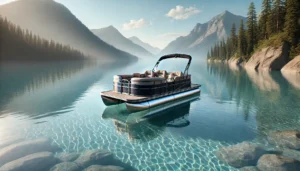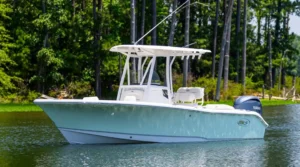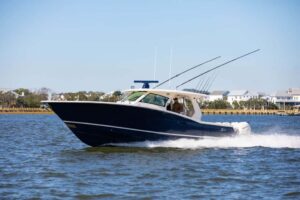Hidden Coastal Towns Worth Trailering Your Boat To
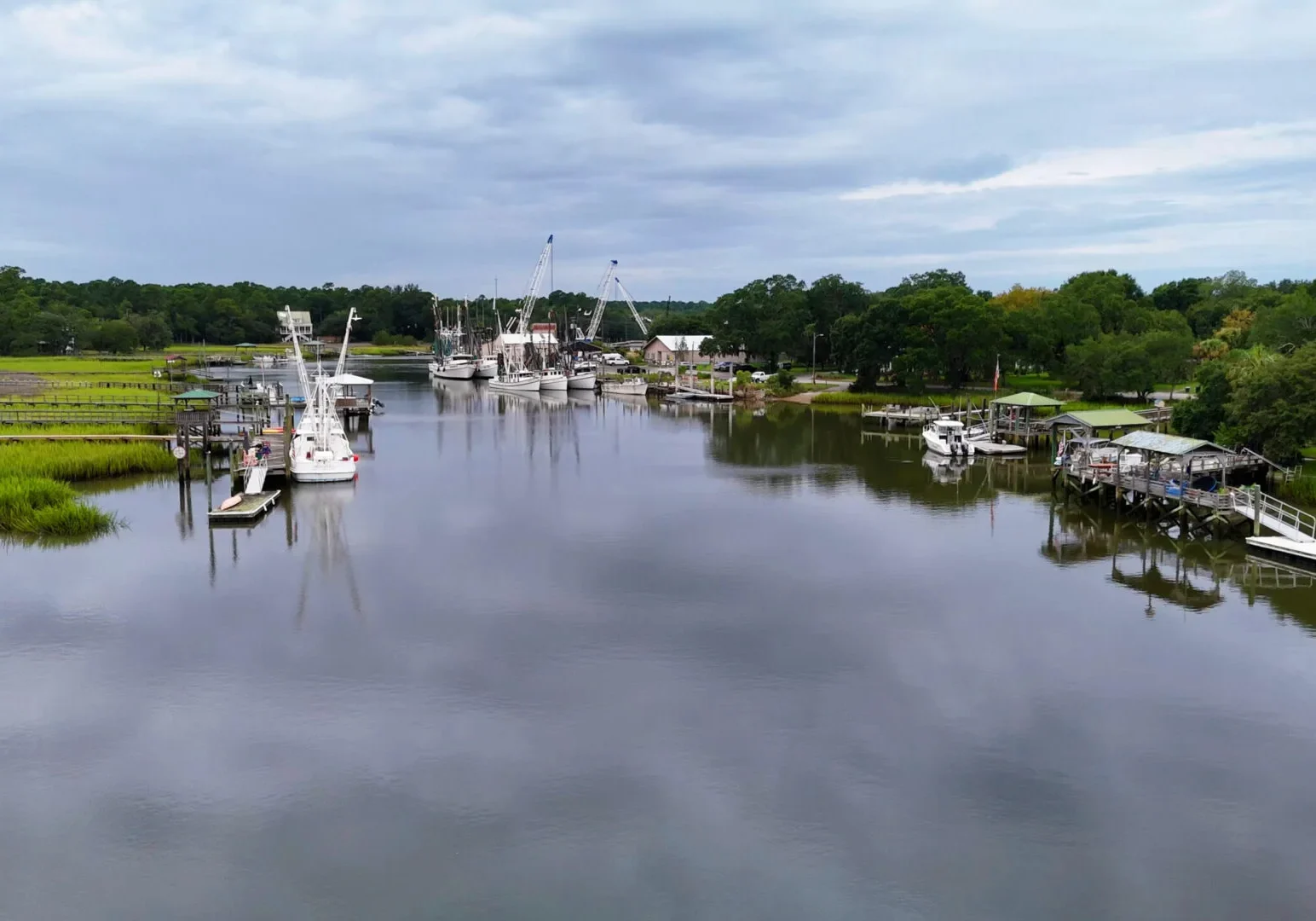
There’s something special about finding a coastal town that still feels untouched. The kind of place where the boat ramp is never crowded, the seafood is caught just offshore, and the locals wave as you idle past the marina. For those who like to bring their boat with them on vacation, those quiet, hard-to-find destinations are often the most rewarding — less traffic on the water, easier access to the coast, and a slower pace that makes every trip feel like a true getaway.
From the salt marshes of South Carolina to the barrier islands of Florida and the laid-back waters of Alabama, these hidden coastal towns offer incredible scenery, easy launching, and plenty of small-town charm. Whether you’re chasing redfish, exploring quiet creeks, or just looking for a new waterfront to call your own for the weekend, these are some of the best hidden coastal gems worth trailering your boat to.
Hidden Coastal Towns to Trailer Your Boat To
Some of the best hidden coastal towns for trailering your boat to include McClellanville, South Carolina; Oriental, North Carolina; Cedar Key, Florida; St. Helena Island, South Carolina; Dauphin Island, Alabama; Jekyll Island, Georgia; Apalachicola, Florida; and Hatteras, North Carolina. Each destination offers easy ramp access, open waterways, and the relaxed charm of small-town coastal life, perfect for exploring new waters without the crowds.
McClellanville, South Carolina
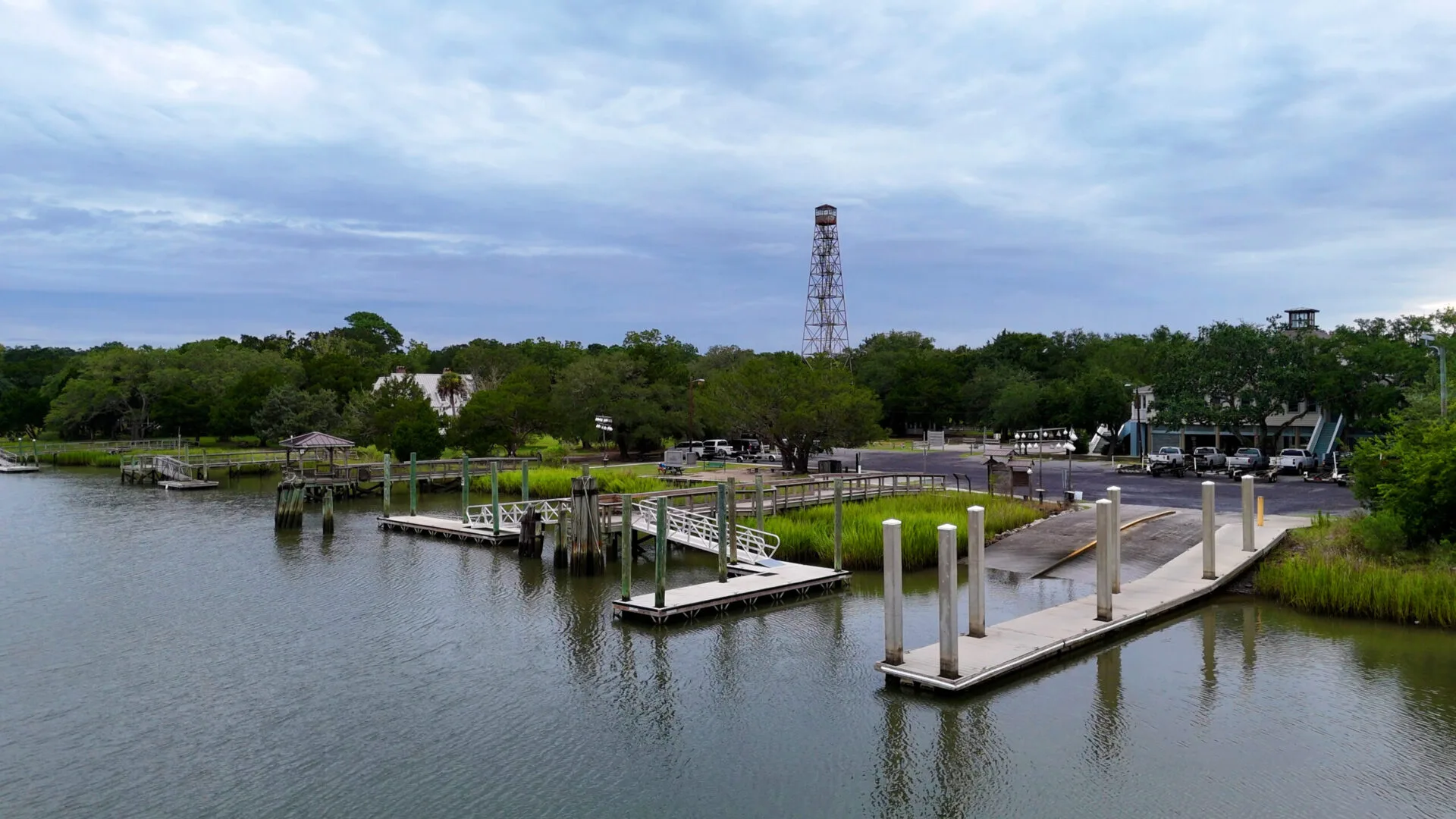
McClellanville is the kind of small coastal town that still feels genuine. Shrimp boats line the docks along Jeremy Creek, and quiet streets shaded by live oaks lead down to the water. For boaters bringing their own boat, the town landing at the end of Pinckney Street makes getting on the water simple and stress-free. You’ll need to grab a launch permit from the town office, but once you’re set, the ramp gives you direct access to some of the most peaceful water on the South Carolina coast.
From there, Jeremy Creek leads straight to the Intracoastal Waterway, opening into a network of tidal creeks and marsh channels that seem to stretch forever. A quick run north or south puts you in view of miles of spartina grass, and just beyond lies the Cape Romain National Wildlife Refuge — a stunning expanse of barrier islands and untouched beaches you can only reach by boat. It’s an incredible area to fish, explore, or just drift for a while with nothing but the sound of water and birds around you.
If you need fuel or a quick tie-up, Leland Oil Marina sits right on the creek and offers easy dockage along with plenty of local insight. Most of the folks around here know the waters like the back of their hand, and a short chat at the marina can turn up a few hidden creeks or fishing spots worth checking out.
Oriental, North Carolina
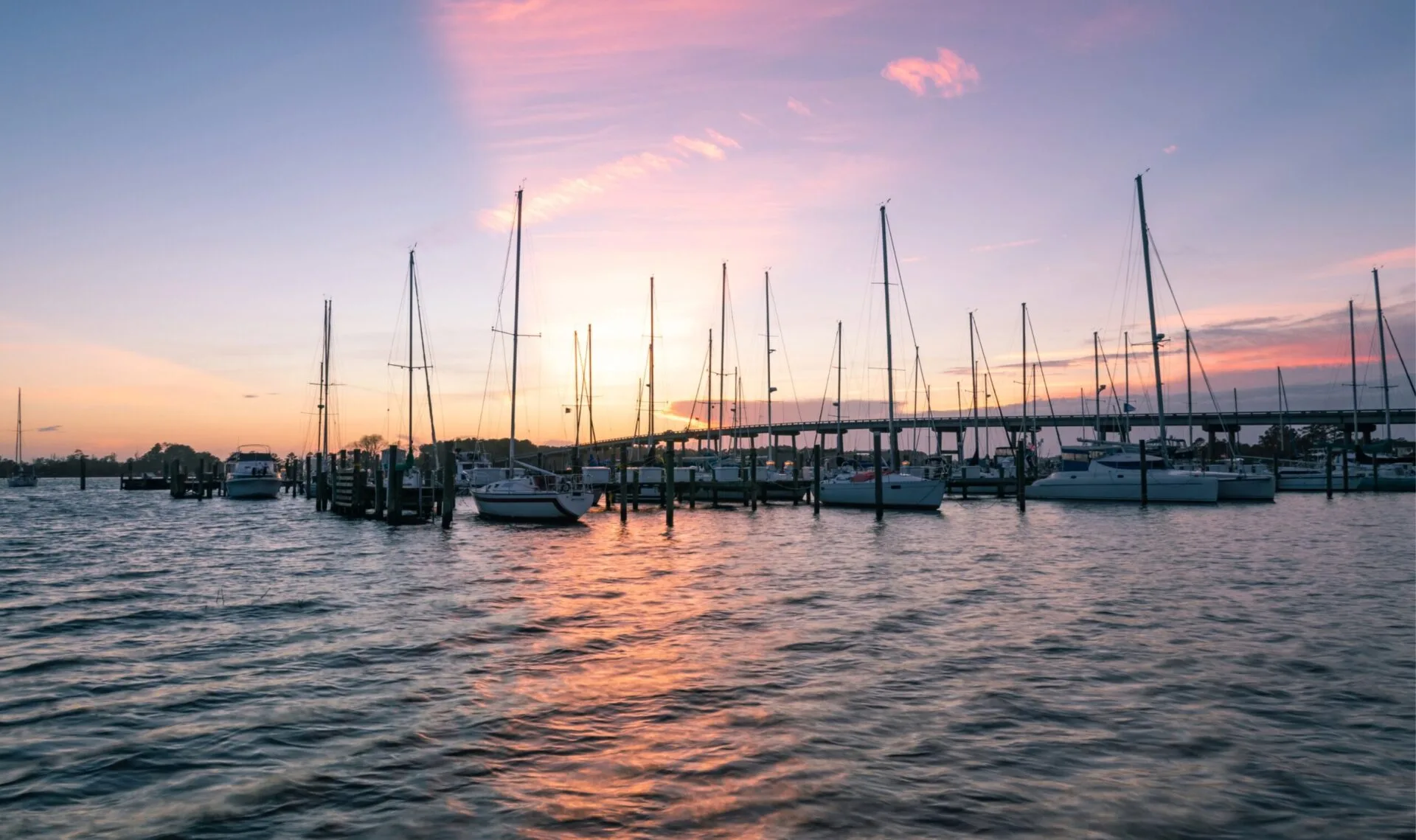
If you love quiet waterways and friendly marinas, Oriental might just be your kind of place. Known as the “Sailing Capital of North Carolina,” this small town sits on the Neuse River about 25 miles from the Intracoastal Waterway. It’s surrounded by open water, creeks, and protected bays — a dream setup for anyone bringing their boat along for the trip.
The town’s main public ramp is just outside the village center and offers easy access to the Neuse River and its winding network of feeder creeks. For anglers, this stretch of river is legendary in the fall as large schools of redfish move deep into the system, and it’s not uncommon to hook into bulls over 40 inches. You’ll want to work live shrimp or finger mullet along the deeper edges of flats or work topwater plugs around creek mouths as the tide moves. It’s some of the best inshore fishing in the state, and it’s all within minutes of the ramp.
Back on land, Oriental has that same relaxed, salty character that defines small coastal towns at their best. The harbor is lined with sailboats and local seafood restaurants, and everyone you meet seems to have a story the area. Grab lunch by the docks, watch the sunset over the river, and you’ll quickly understand why people come back here year after year, it’s simple, peaceful, and everything that makes boating in North Carolina so special.
Cedar Key, Florida
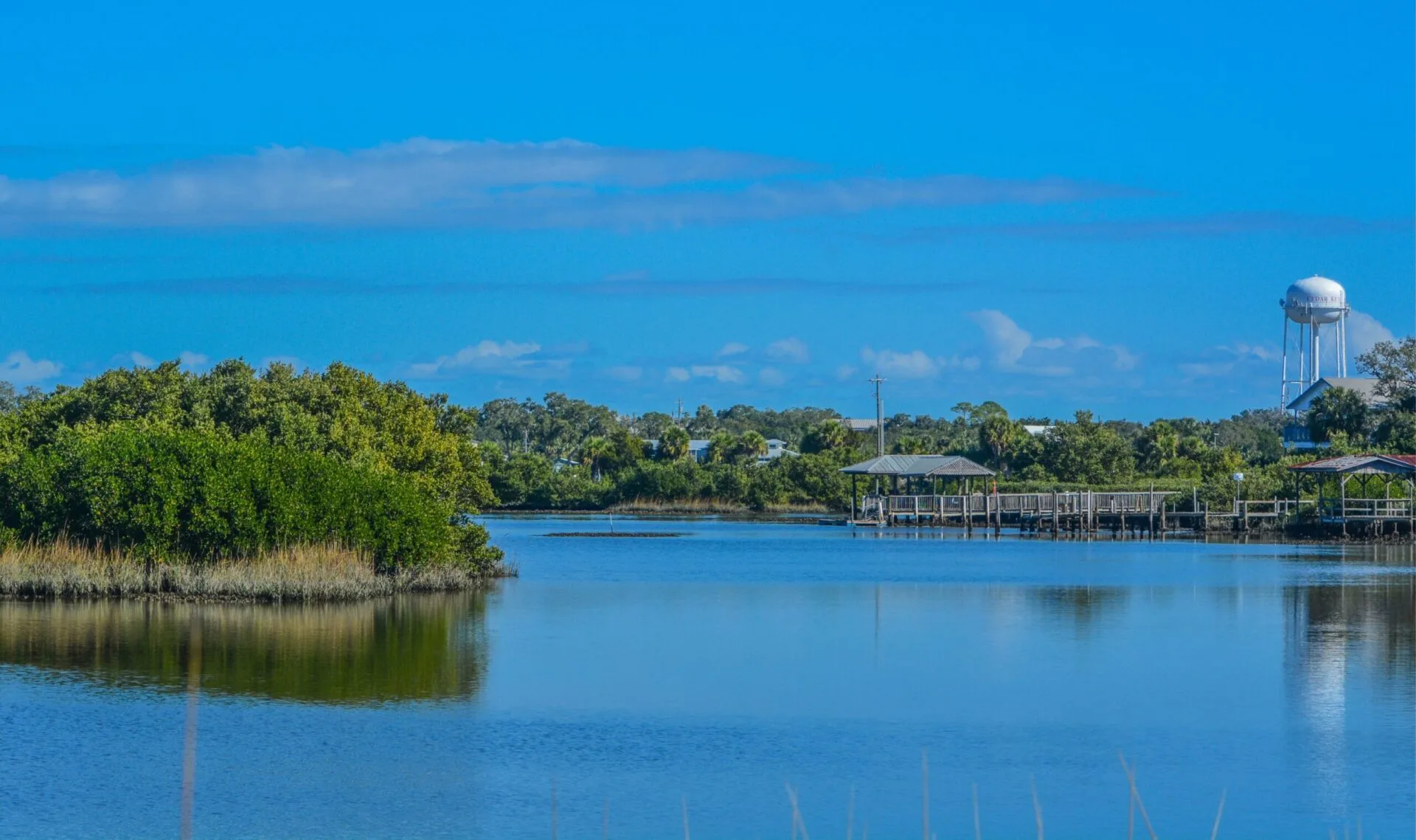
Cedar Key feels like a world apart from the Florida most people know. Tucked away on the state’s Nature Coast, this quiet island community has held onto the kind of character that so many other coastal towns have lost. There are no high-rises here, no crowded beaches, and no rush to get anywhere. Just winding streets shaded by old trees, small marinas, and the sound of seagulls over the docks.
For boaters bringing their own boat, the public ramp at the end of State Road 24 makes getting on the water easy. Once you launch, the Gulf opens up into a network of small keys, grass flats, and oyster bars that seem to stretch forever. The water stays shallow close to shore, which keeps larger boat traffic to a minimum, and the farther you run, the quieter it gets. Many visitors spend their mornings fishing for redfish and trout across the flats or drifting near the outer keys for sheepshead and Spanish mackerel.
What really sets Cedar Key apart is its pace. Everything here moves slower, and that’s part of the charm. You can dock up at a local seafood shack for fresh clams, idle through the back channels at sunset, or just drop anchor near Atsena Otie Key for an afternoon swim. It’s an easygoing place that reminders you some of Florida’s best boating still happens far from the crowds.
St. Helena Island, South Carolina
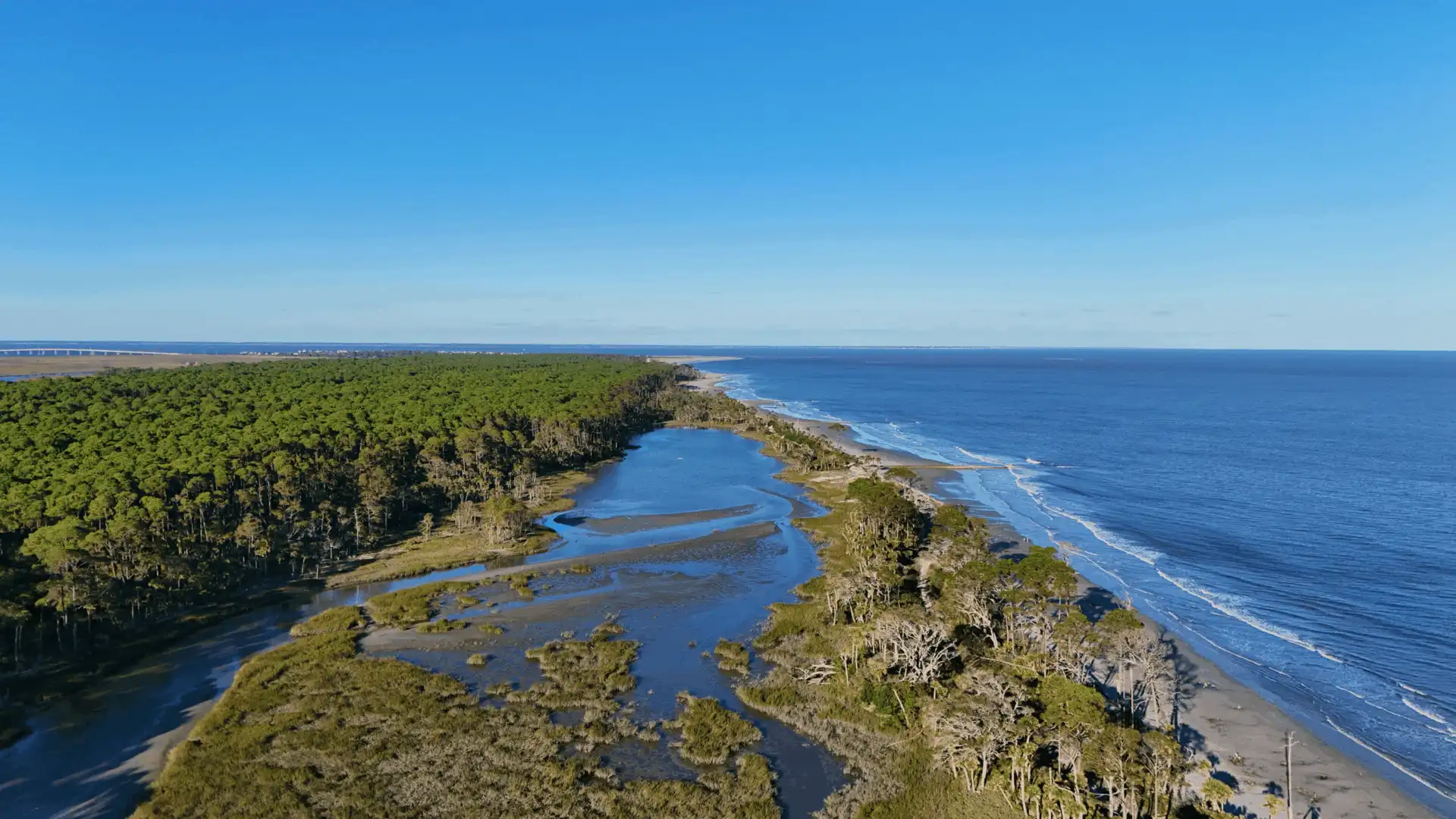
St. Helena Island is one of those rare places that feels both remote and connected. It’s large enough that you can always find a quiet spot to launch or fish, but it’s only a short drive from Beaufort, so you’re never too far from restaurants, fuel, or a grocery run. That balance makes it a perfect fit for boaters who want seclusion without feeling like they’ve disappeared off the map.
The island is surrounded by creeks, marshes, and open water, so getting on the water is easy no matter where you’re staying. On the south end, Station Creek Landing is a great option, putting you just minutes from wide tidal channels and some excellent redfish water. If you’re staying farther north, Eddings Point Landing gives you quick access to Saint Helena Sound, where you can work the banks for trout, flounder, and more redfish. The fishing here is outstanding almost year-round, but fall is hard to beat — big schools of reds move through the creeks, and the cooler weather makes long days on the water even better.
Off the water, St. Helena keeps the Lowcountry charm that the region is known for. The roads are lined with moss-draped oaks, small farms, and roadside seafood markets. There’s not much nightlife, but that’s part of its appeal. Most visitors are here to fish, explore, and unwind. Whether you’re poling a shallow flat at sunrise or heading back through the marsh as the sky turns orange, St. Helena Island gives you that quiet, unspoiled side of South Carolina that’s getting harder to find.
Dauphin Island, Alabama
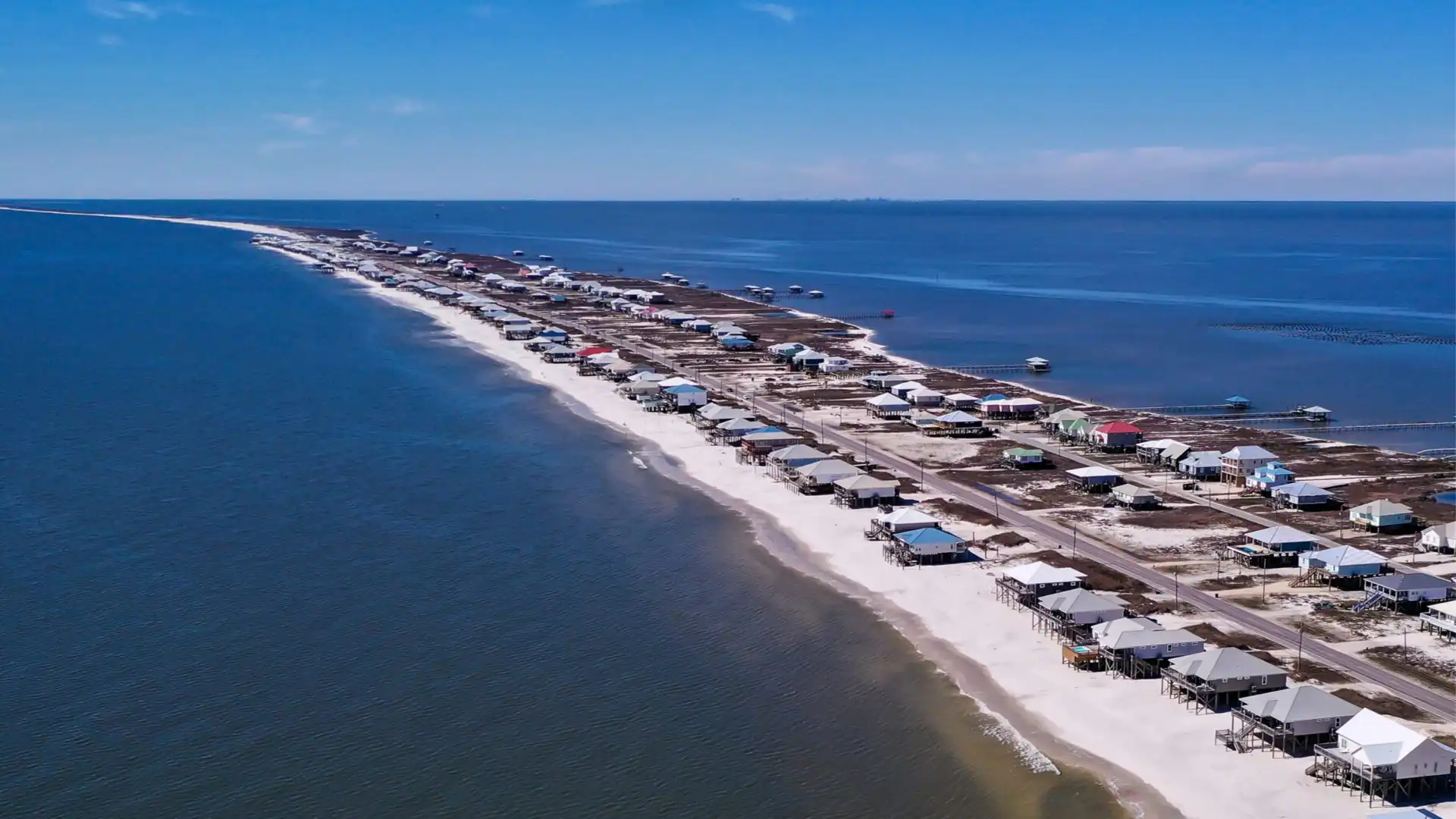
Dauphin Island feels like a place that’s content just being itself. It’s a small island off the Alabama coast, connected to the mainland by a long bridge that stretches across the bay. There aren’t any big resorts or packed beaches here, just quiet neighborhoods, a few marinas, and down to earth people. It sits at the mouth of the bay and feels far removed from the crowds and traffic of Gulf Shores just across the water.
For boaters, the Billy Goat Hole Ramp at the east end of the island is the go-to launch. It puts you right on the edge of Mobile Bay with quick access to the Gulf or the quieter back side of the island. You can fish the grass edges and flats around Pelican Bay for trout and redfish or make a short run outside for snapper, mackerel, and kings when the weather’s calm. The mix of inshore and nearshore opportunities is what makes Dauphin special, you don’t have to go far to find fish.
The island itself has a simple charm. There’s a small marina, a few local restaurants, and miles of open shoreline that stay surprisingly uncrowded even in summer. Most people come here for the same reason to slow down, go out on the boat, and spend the day on the water. By the time you tie up in the evening and watch the sun drop behind the bay, you’ll understand why people who find Dauphin Island tend to keep coming back.
Jekyll Island, Georgia
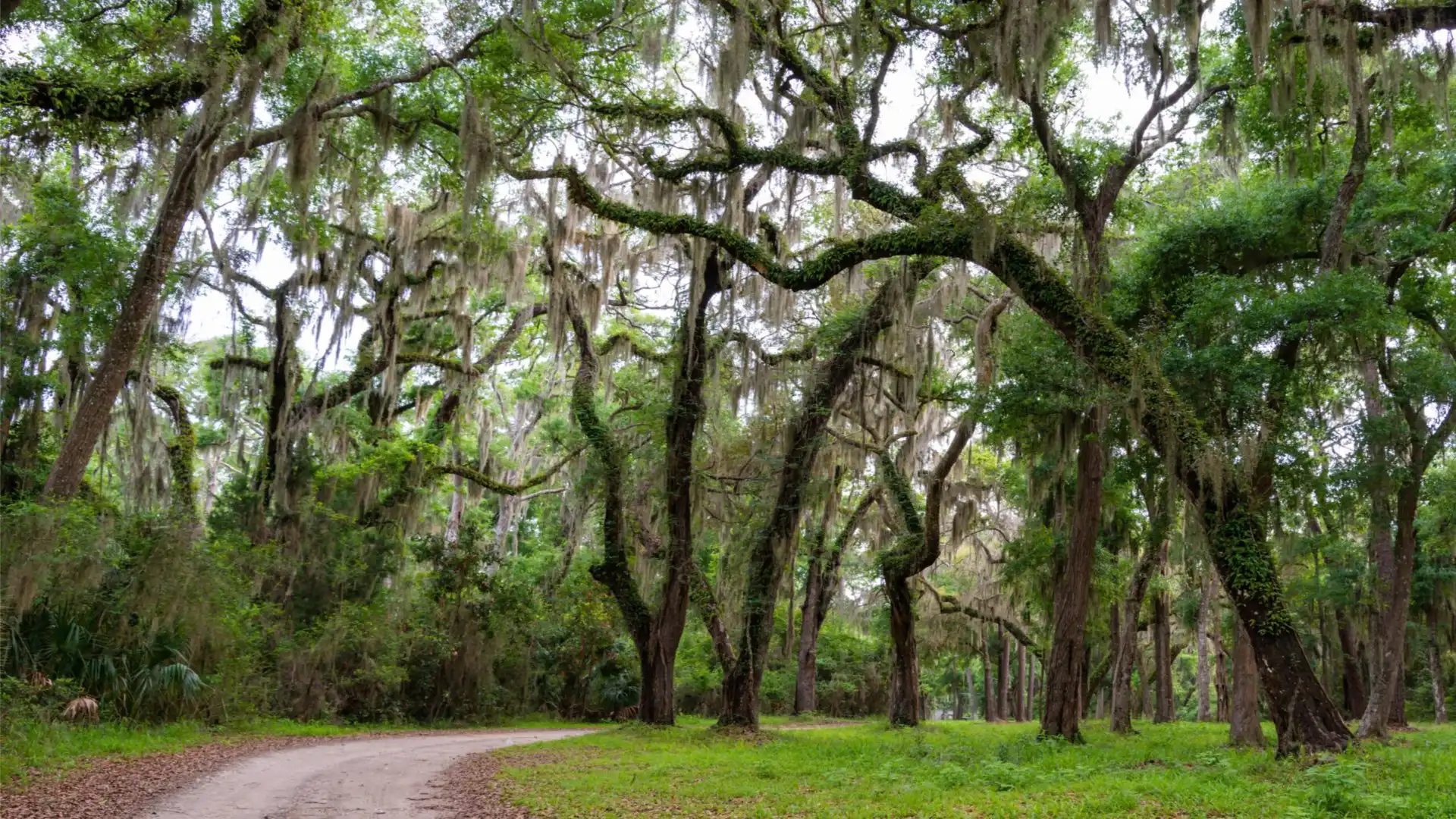
Jekyll Island has an easygoing feel that makes it hard not to fall in love with. It’s quiet, but not sleepy — just relaxed enough to make you forget about the hustle and bustle of the world. The island sits along Georgia’s coast about halfway between Savannah and Jacksonville, and while it’s well-known to locals, it somehow still feels like a bit of a secret to everyone else. You won’t find high-rise condos or heavy traffic here, just long stretches of marsh, old oak trees, and a steady rhythm that’s more about enjoying the day than filling it.
If you bring your boat, there’s a ramp on the south end that makes getting on the water easy. From there, you can head north toward St. Simons Sound or south toward Cumberland Island’s wild beaches. The creeks behind Jekyll are full of redfish and trout, and the sound holds flounder and sheepshead through most of the year. On calm days, a short run through St. Andrews Sound puts you on open water in just a few minutes.
When you’re not on the boat, Jekyll has plenty to keep you busy without ever losing that laid-back pace. There are miles of bike paths that wind through maritime forest and marsh, and the golf courses here — especially the Great Dunes Course — are an excellent way to spend the day. You can grab a meal at one of the local restaurants, walk one of the many trails under the shade of huge oaks, or spend the evening on Driftwood Beach watching the tide roll in. With so much to do on this small coastal island, you’ll want to come back year after year.
Apalachicola, Florida
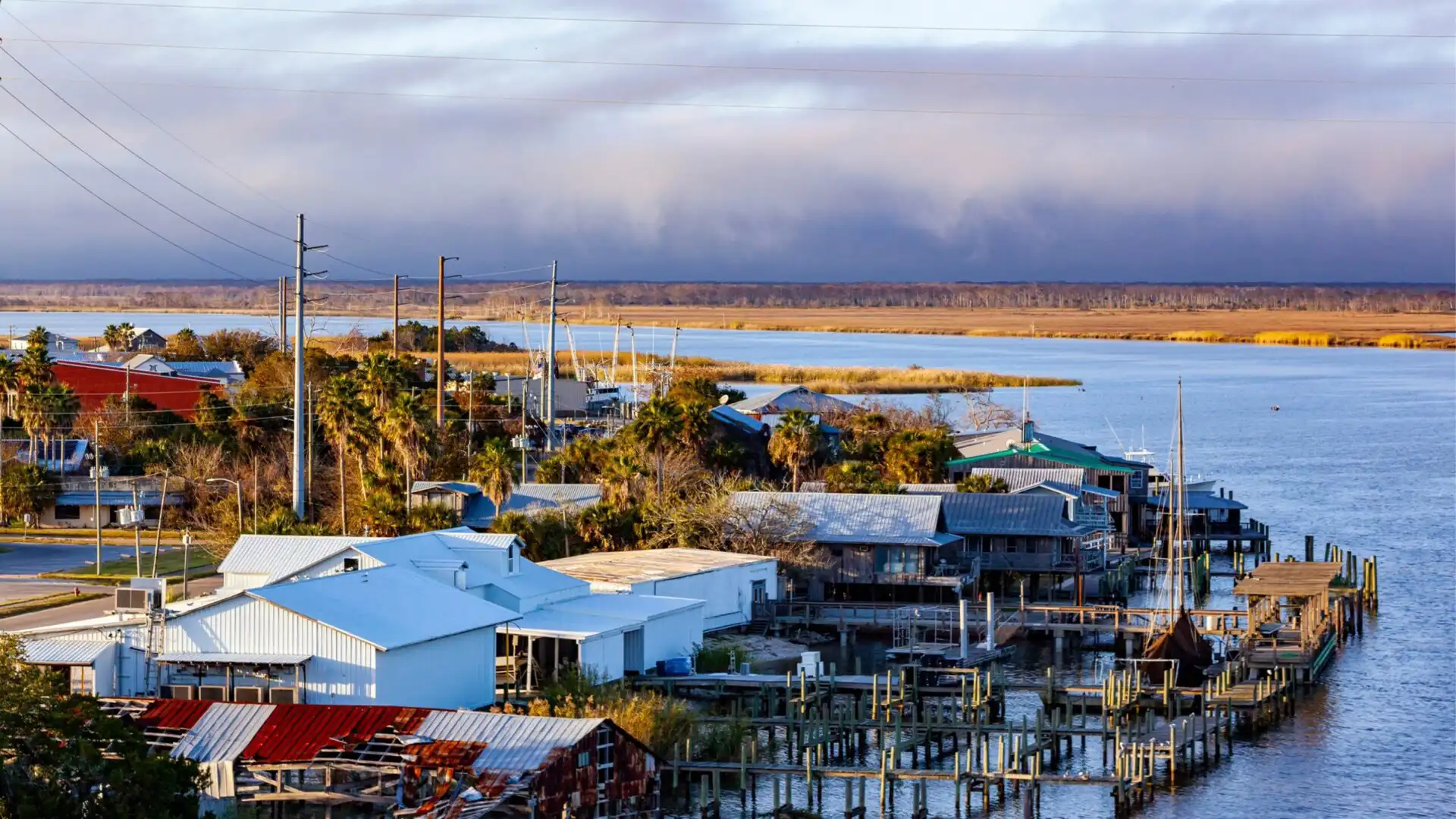
Apalachicola sits on the edge of one of Florida’s most undeveloped stretches of coastline. It’s a small town, but the water surrounding it feels endless. The Apalachicola Bay system spreads out in every direction, fed by the river and protected by St. George Island, creating miles of shallow flats, channels, and oyster bars. The mix of salt and freshwater here supports incredible fishing and a thriving ecosystem that makes every trip on the water feel a little different.
If you’re bringing your own boat, you’ll want to put in at Ten Foot Hole Ramp, which is right in town on the Apalachicola River. From there, you can follow the channel into the bay or explore the river itself. Inshore anglers will find redfish and trout working the grass lines and bars, while deeper channels hold black drum, sheepshead, and the occasional tripletail. It’s a place where you can fish all day without ever running out of new water to try.
Once you’re off the water, the town has plenty to explore. Market Street runs through the center of town and is lined with small shops, cafés, and restaurants where you can grab fresh seafood straight from the bay. Just outside town, nature lovers can spend the day in Apalachicola National Forest or the St. Vincent National Wildlife Refuge, both filled with trails, marshes, and protected habitats that show how wild this coastline still is. With so many natural areas to explore, Apalachicola feels completely removed from what most people imagine when they think of coastal Florida.
Hatteras, North Carolina
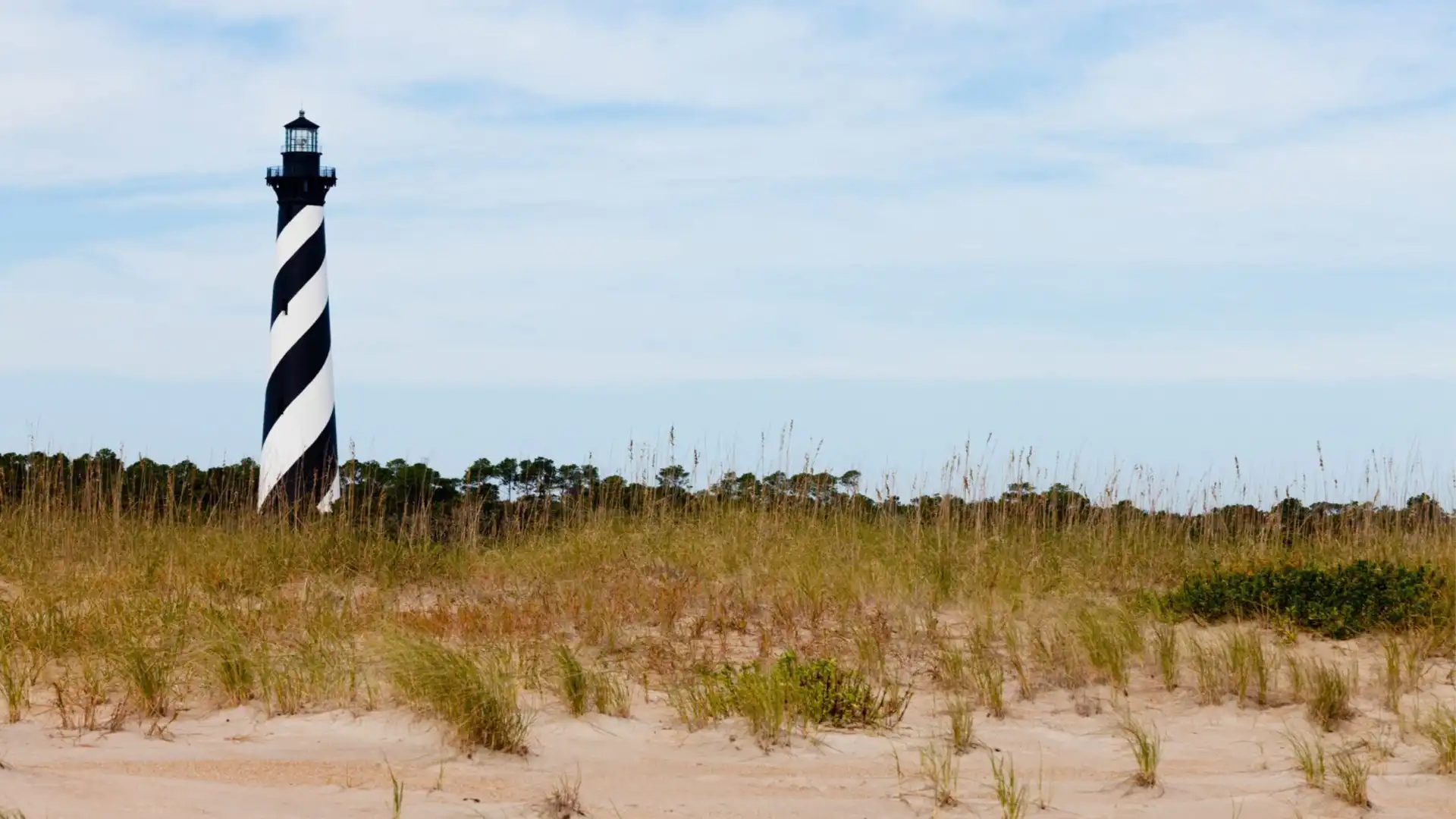
Hatteras sits near the southern tip of North Carolina’s Outer Banks, surrounded by water on nearly every side. It’s one of the state’s true barrier islands, and getting there takes a bit of effort, which is part of the charm. If you want to drive, you’ll head north to Nags Head and then take the long, scenic stretch of Highway 12 all the way down. If you’d rather break up the trip, you can take the ferry from Cedar Island or Swanquarter to Ocracoke, then drive across the island and catch the ferry from there to Hatteras. Either way, the journey itself is peaceful and scenic, winding through one of the most beautiful stretches of coastline in North Carolina.
If you bring your own boat, there are public ramps at Teach’s Lair Marina and Hatteras Harbor Marina, both offering quick access to Pamlico Sound and Hatteras Inlet. The sound is vast and usually calm, with miles of open water leading into quiet creeks, grass flats, and sandbars. During the warmer months, it’s a great place for exploring, cruising, and fishing for speckled trout and drum. When the weather cooperates, you can run offshore through Hatteras Inlet to reach the Gulf Stream, where the deep blue water is home to some of the best big-game fishing on the East Coast.
The town itself is small and still feels like a classic Carolina fishing village. There are marinas, a few seafood restaurants, and rows of charter boats lined up along the docks. Most people spend the day on the water and the evening sharing stories at one of the local spots. Between the beaches, the marshes, and the sound, Hatteras captures that old coastal spirit that keeps people coming back year after year.
Final Thoughts
Each of these small coastal towns offers something a little different, but they all share the same appeal — good water, easy access, and a quieter pace that’s getting harder to find. Whether it’s fishing the flats of Apalachicola, running the creeks around McClellanville, or exploring the open sound at Hatteras, these places remind you what coastal life is supposed to feel like.
Follow us on Social Media!
Search
Recent Posts
When dreaming of owning a boat,…







